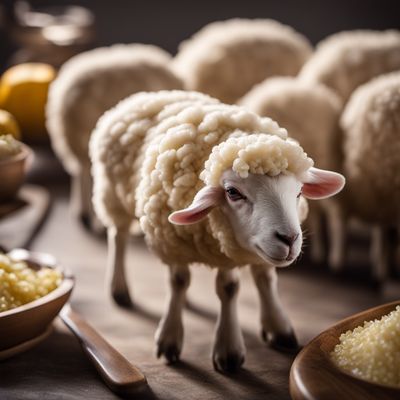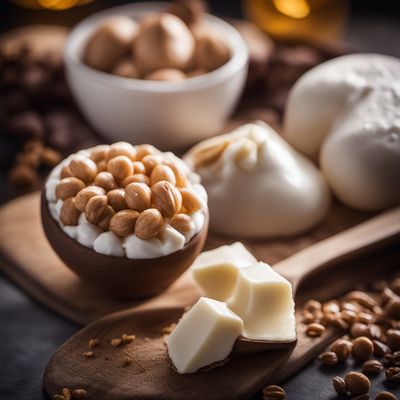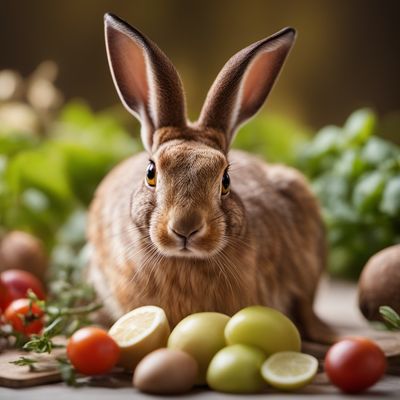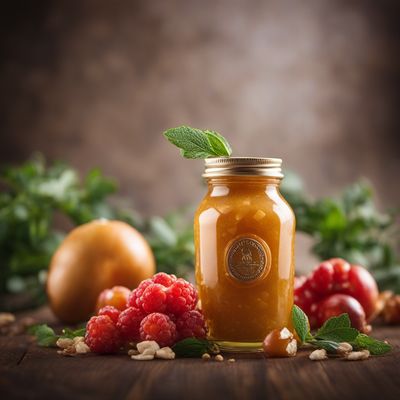
Ingredient
Mammals liver
The Nutrient Powerhouse: Exploring the Richness of Mammals Liver
Mammals liver, such as beef or pork liver, is a dense and rich organ meat with a smooth texture and deep reddish-brown color. It has a distinct flavor that can be described as earthy, slightly metallic, and robust. The liver is known for its high nutrient content, including vitamins A, B12, and iron. It is also a good source of protein and essential minerals. When cooked, the liver becomes tender and can be easily sliced or diced for various culinary preparations.
Origins and history
The consumption of mammals liver dates back to ancient times, with evidence of liver consumption found in ancient Egyptian and Roman cultures. Liver has been highly regarded in traditional cuisines around the world, including French, Italian, and Asian cuisines. It has been valued for its nutritional density and believed to provide vitality and strength.
Nutritional information
Mammals liver is a nutritional powerhouse, packed with essential vitamins and minerals such as vitamin A, B12, iron, and protein, making it a valuable addition to a balanced diet.
Allergens
Mammals liver may trigger allergic reactions in individuals with specific food allergies, such as allergies to beef or pork. It is important to exercise caution and consult with a healthcare professional if you have any known allergies.
How to select
When selecting mammals liver, look for fresh cuts that have a vibrant reddish-brown color and a firm texture. Avoid liver with any discoloration, strong odors, or signs of spoilage. Opt for organic or pasture-raised liver whenever possible to ensure the highest quality and nutritional value.
Storage recommendations
To maintain the freshness and quality of mammals liver, it is best to store it in the refrigerator. Wrap the liver tightly in plastic wrap or place it in an airtight container to prevent exposure to air. Use the liver within 1-2 days of purchase for optimal flavor and texture.
How to produce
Mammals liver is typically produced through animal farming and processing. Raising mammals for their liver requires specialized knowledge and facilities, making it more suitable for professional farmers rather than amateurs.
Preparation tips
Before cooking mammals liver, it is recommended to soak it in milk or lightly salted water for about 30 minutes to reduce any potential bitterness. Liver can be pan-fried, grilled, or incorporated into stews, pâtés, or terrines. Avoid overcooking the liver to prevent it from becoming tough and dry. Pair it with complementary flavors such as onions, garlic, herbs, or citrus to balance its richness.
Substitutions
If mammals liver is not available or preferred, chicken liver can be used as a suitable substitute due to its similar texture and flavor profile.
Culinary uses
Mammals liver is commonly used in various dishes and cuisines around the world. It is often pan-fried with onions and served as a main course or used as a key ingredient in pâtés, terrines, and liver sausages. Liver can also be incorporated into stews, stir-fries, or even used to make liver mousse or liver pâté.
Availability
Mammals liver, such as beef or pork liver, is commonly available in most regions where these animals are raised and consumed. It can be found in grocery stores, supermarkets, and butcher shops.
More ingredients from this category

Sheep liver
The Delicate Delight: Sheep Liver

Wild boar liver
The Savory Delicacy: Wild Boar Liver

Equine liver
The Delicate Delight: Equine Liver

Rabbit liver
The Delicate Delight

Pig liver
The Rich and Nutritious Pig Liver

Goat liver
The Nutrient-Rich Delicacy: Exploring the World of Goat Liver

Bovine liver
The Nutrient Powerhouse: Bovine Liver

Hare liver
The Delicate Delight: Exploring the World of Hare Liver

Deer liver
The Nutrient-Rich Delicacy: Exploring the World of Deer Liver